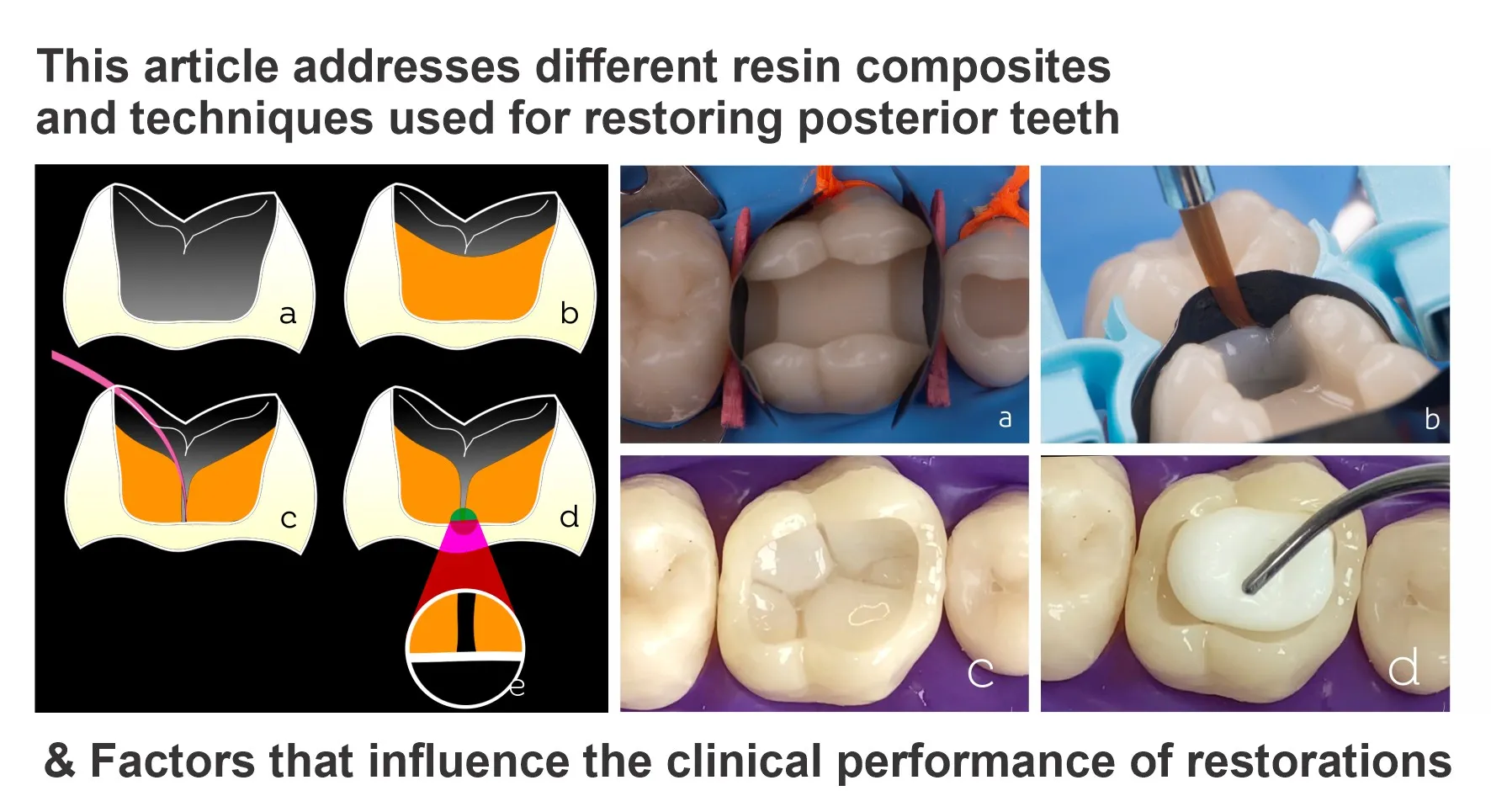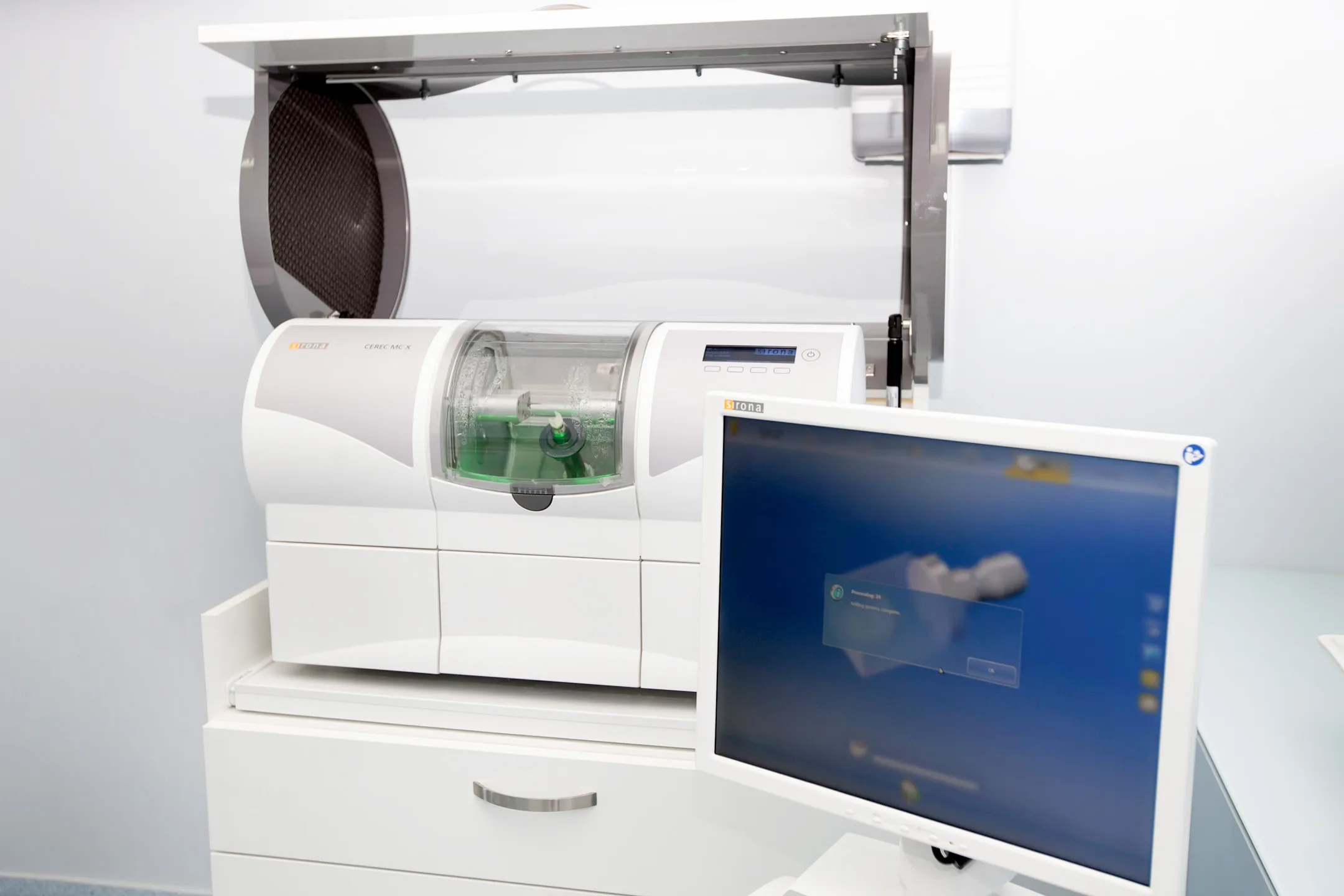Ceramic Composite Dental Materials: The Future of Restorative Dentistry
The field of restorative dentistry has witnessed a remarkable evolution over the past few decades, with ceramic composite materials emerging as a cornerstone of modern dental practice. These advanced materials combine the aesthetic appeal of ceramics with the functional durability of composites, offering an optimal solution for a wide range of dental restorations. This article explores the composition, properties, applications, and future trends of ceramic composite dental materials.
Composition and Types of Ceramic Composites
Ceramic composite dental materials are typically composed of a ceramic filler phase embedded within a resin matrix. The ceramic fillers, often made of silica, zirconia, or glass ceramics, provide strength, wear resistance, and optical properties similar to natural teeth. The resin matrix, commonly based on bis-GMA or UDMA, offers flexibility and bonding capabilities.
There are several types of ceramic composites used in dentistry:
- Resin-Based Composites: These are the most common type, used for direct fillings and veneers.
- Ceramic-Modified Composites: These incorporate higher ceramic content for improved strength and aesthetics.
- CAD/CAM Ceramic Blocks: These are milled into crowns, inlays, and onlays using computer-aided design and manufacturing.

Key Properties and Advantages
Ceramic composites offer a unique combination of properties that make them ideal for dental applications:
Aesthetic Qualities
One of the primary advantages of ceramic composites is their ability to mimic the natural appearance of teeth. They can be color-matched to adjacent teeth and offer similar light transmission and reflection properties as natural enamel.
Mechanical Strength
Modern ceramic composites exhibit excellent mechanical properties, including high compressive strength, fracture resistance, and wear durability. These characteristics ensure long-lasting restorations even under the significant forces of mastication.
Biocompatibility
Ceramic composites are generally well-tolerated by oral tissues, with minimal risk of allergic reactions or adverse biological responses. This makes them suitable for patients with metal sensitivities or allergies.
Bonding Capabilities
The resin component of ceramic composites allows for effective bonding to tooth structure using adhesive systems. This micromechanical retention provides superior marginal seal and helps preserve healthy tooth structure.

Applications in Restorative Dentistry
Ceramic composite materials are versatile and find applications in various dental procedures:
| Application | Description | Advantages |
|---|---|---|
| Direct Fillings | Used for restoring cavities in both anterior and posterior teeth | Tooth-colored, conservative preparation, direct placement |
| Veneers | Thin shells bonded to the front surface of teeth | Excellent aesthetics, minimal tooth reduction |
| Inlays/Onlays | Indirect restorations for moderately damaged teeth | Superior fit, strength, and wear resistance |
| Crowns | Full coverage restorations for extensively damaged teeth | High strength aesthetics, biocompatibility |
Comparison with Other Dental Materials
When compared to traditional dental materials, ceramic composites offer distinct advantages:
| Material | Advantages | Disadvantages |
|---|---|---|
| Ceramic Composites | Aesthetic, adhesive, conservative | Potential for wear, technique-sensitive |
| Dental Amalgam | Durable, easy placement | Unaesthetic, requires more tooth removal |
| All-Ceramic | Excellent aesthetics, biocompatible | Brittle, requires significant tooth reduction |
| Gold Alloys | Durable, biocompatible | Unaesthetic, high cost |
Recent Advances and Future Trends
The development of ceramic composite materials continues to advance rapidly. Recent innovations include:
- Nanofilled Composites: Incorporating nanoparticles for improved strength and polishability.
- Self-Healing Composites: Materials capable of repairing microcracks autonomously.
- Bioactive Composites: Formulations that release minerals to prevent secondary caries.
- Digital Workflows: Integration with CAD/CAM technology for precise indirect restorations.

Clinical Considerations and Longevity
The success of ceramic composite restorations depends on several factors:
Proper Case Selection
Not all clinical situations are suitable for ceramic composites. Factors such as occlusion, parafunctional habits, and the extent of tooth destruction must be carefully evaluated.
Technique Sensitivity
The placement of ceramic composites requires meticulous attention to detail, including moisture control, proper adhesive application, and incremental layering techniques.
Maintenance and Repair
While ceramic composites are durable, they may require periodic polishing or repair over time. Proper oral hygiene and regular dental check-ups are essential for longevity.
With proper case selection and technique, ceramic composite restorations can last 7-10 years or longer, making them a reliable choice for many dental applications.
Conclusion
Ceramic composite dental materials represent a significant advancement in restorative dentistry, offering an optimal balance of aesthetics, function, and biocompatibility. As research continues to improve their properties and expand their applications, these materials are poised to play an increasingly important role in helping dentists preserve natural tooth structure while providing patients with durable, natural-looking restorations. The future of ceramic composites looks bright, with ongoing innovations promising even better clinical outcomes and patient satisfaction.

